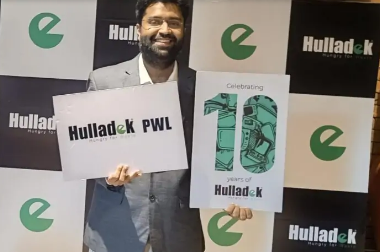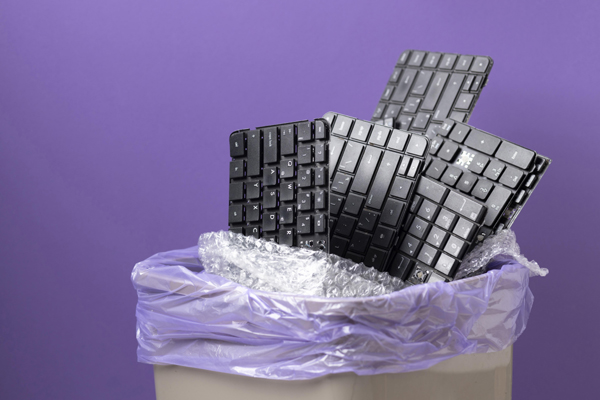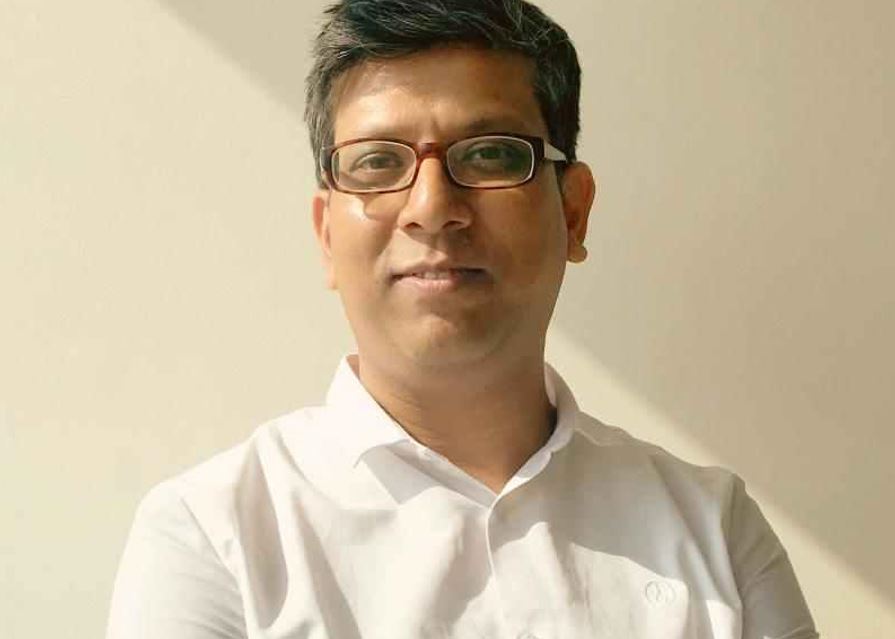
Have you ever wondered what happens to your old phone or broken laptop after you throw it away? Most of us don’t think about it, but these devices contain harmful chemicals that can damage the environment if not disposed of properly. This growing problem is known as e-waste. In India, it’s becoming a serious issue as more and more people use electronics every day.

Have you ever wondered what happens to your old phone, TV, or computer when you get a new one? Well, they simply don't just disappear! Rather, they find a way into our neighbourhood dump yards and get mixed with other household waste. You may have seen in your neighbouring scrap yard that people are manually dismantling discarded electronic equipment or burning it. This unhealthy practice exposes them to hazardous substances.

In the rapidly evolving landscape of electronic waste management, the integration of innovative technologies has become paramount to address the challenges of accountability, transparency, and the prevention of illegal dumping. One such transformative technology gaining prominence is blockchain.

Karo Sambhav, meaning "Make it possible" in Hindi, is a groundbreaking startup that is determined to address India's colossal electronic waste problem. Every year, the country generates a staggering 3.2 million metric tons of discarded smartphones, laptops, monitors, and other electronics. While some e-waste undergoes recycling, the process is often unregulated and carried out in hazardous conditions.

Vois Planet interviews Dr Shalini Sharma, Director, Krÿstähl about the COP 28 summit and e-waste management. She says that electronic waste in both cities and rural areas is increasing as people are struggling with disposing off their devices properly.

Hey there, young minds! Ready to dive into a cool adventure about art and recycling? Well, you're in for a treat because we're about to introduce you to an incredible artist named Julie Alice Chappell. Julie lives in Portsmouth, a nice place in the United Kingdom. Her canvas isn’t the traditional one you might expect. Instead, Julie brings old and boring stuff to life – the insides of our thrown-away gadgets. Her work is a mesmerizing blend of art, a love for the environment, and a deep appreciation for the beauty hidden within our everyday devices.

Hey there, tech explorers! Ever wondered about the gadgets that surround us? Imagine a world where you could talk to someone on the other side of the planet with a tap, play games that whisk you away to imaginary lands, and even learn new things while dancing with emojis! That is the world of electronic devices—the coolest companions in our digital adventure.

In the lush highlands of Nyeri County, Kenya, a seven-year-old girl planted her first tree in 2002, a small act that would sprout into a lifetime of environmental activism. That girl, Elizabeth Wanjiru Wathuti, now a 28-year-old award-winning climate hero, has since planted thousands of trees, and inspired a generation of young Kenyans to love and protect nature. This is her story.

In a world where amazing gadgets often bring harm to our environment, there's a modern hero who fights against electronic waste, just like Robin Hood fought for justice. Meet Robin Ingenthron, the E-Waste Robin Hood, who has dedicated his life to making electronics better for our planet. He's like a superhero who takes from the places with too much waste (landfills full of old gadgets) and gives back to the places that need help (the environment and communities that are struggling).

Hey there, fellow gamers! Welcome to the exciting world of gaming, where we go on exciting adventures and conquer big challenges! But here's something we need to talk about – e-waste. Yeah, it's not as fun as unlocking new levels, but it's super important for our planet. The gaming industry has revolutionized entertainment but has also resulted in the generation of electronic waste.